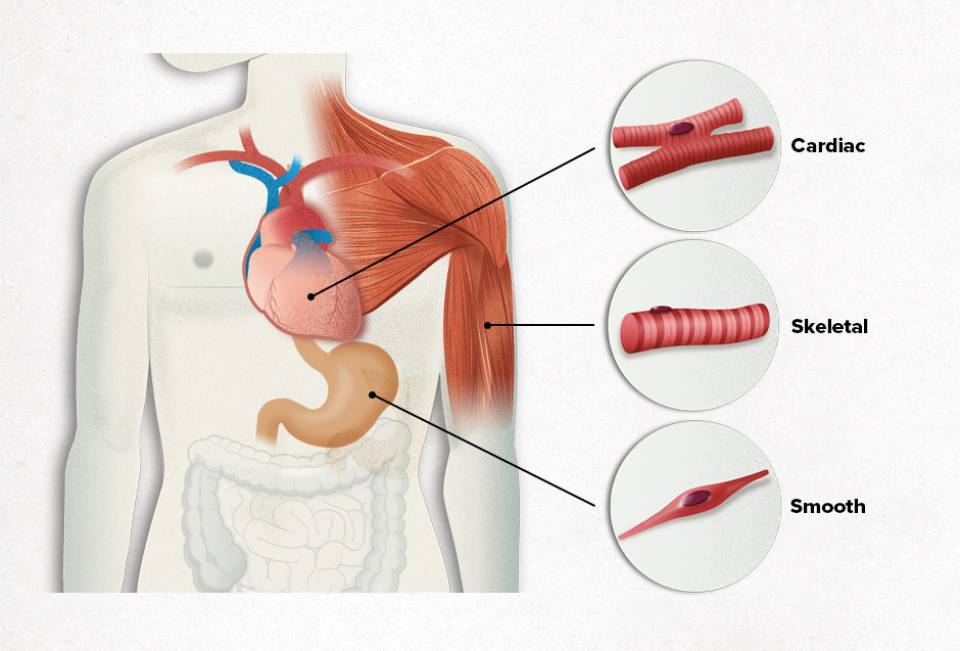Substantiated information by:
Published: 18 November 2020
Updated: 18 November 2020
Subscribe
Receive the latest updates related to this content.
Thank you for subscribing!
If this is the first time you subscribe you will receive a confirmation email, check your inbox













